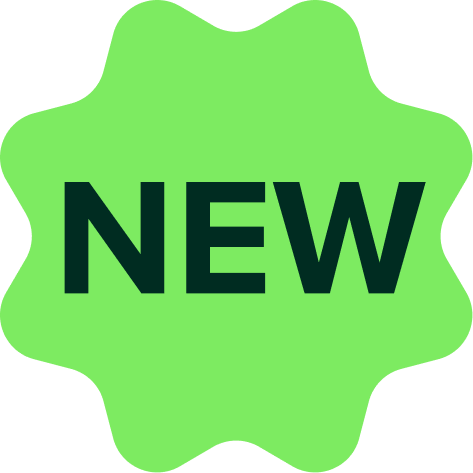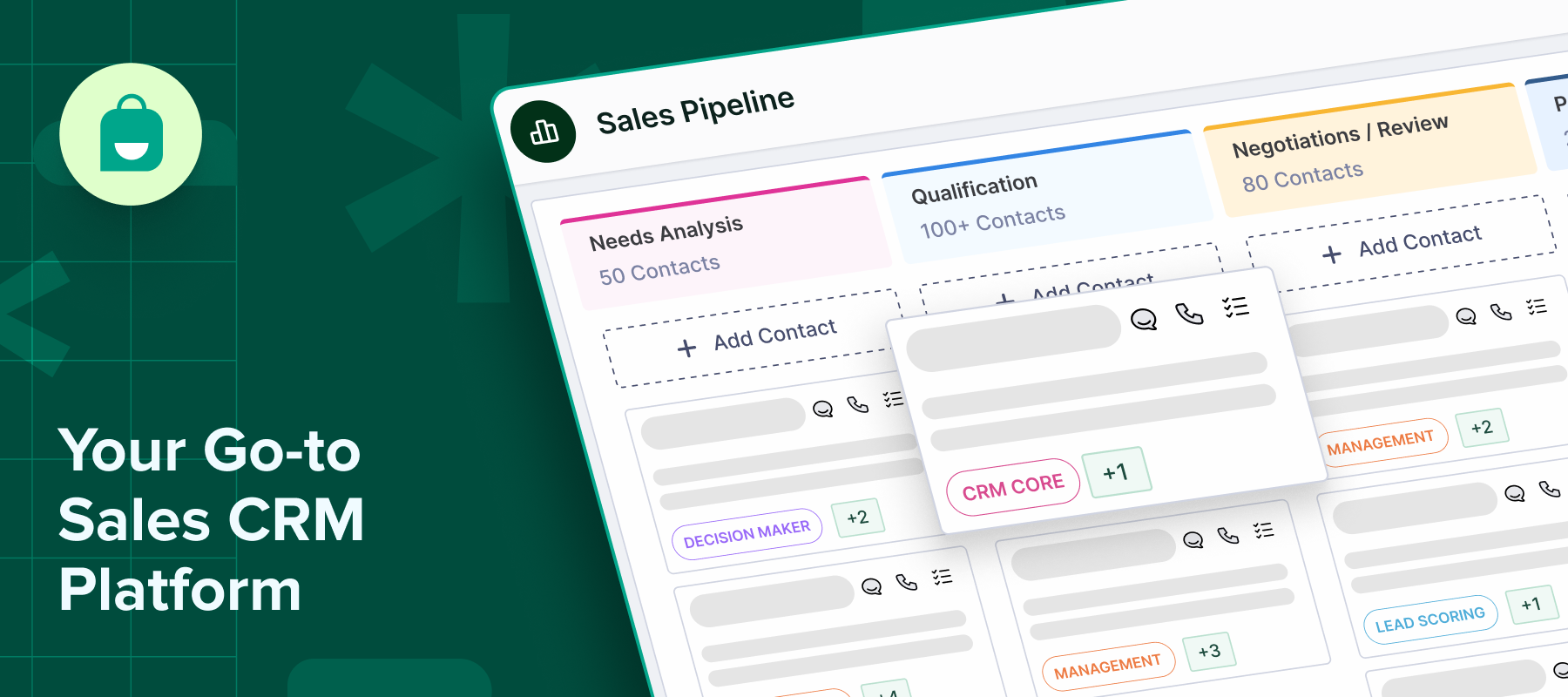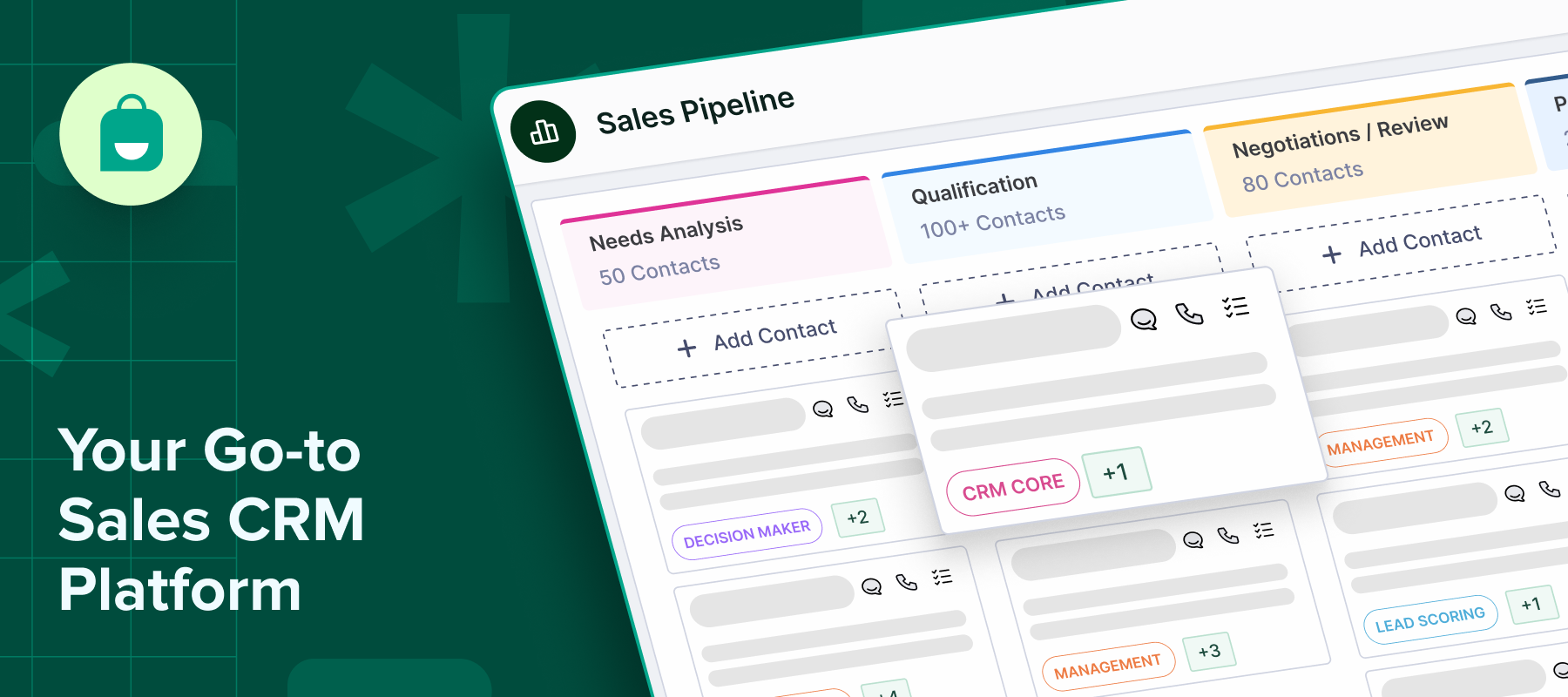WhatsApp has quickly become a key sales channel for businesses.
With over 2 billion users and open rates far exceeding email, sales teams are turning to WhatsApp to reduce response times, accelerate deal cycles, and build direct, high-trust customer relationships.
However, using WhatsApp for sales isn’t as simple as sending a message.
Buyers today expect speed, relevance, and a respectful approach. Since WhatsApp is closer to a personal space than a traditional sales platform, getting the tone, timing, and method right matters more than ever.
In this blog, we’ll discuss the best practices for using WhatsApp in sales so your team can stay sharp, compliant, and genuinely helpful.
Set Up a Professional WhatsApp Business Profile
Before you start reaching out to customers, it is important to set up a complete and professional WhatsApp Business profile. This is the first thing users see when interacting with your brand, setting the tone for trust.
How to get started
1.Download the WhatsApp Business app from the Google Play Store or App Store.
2.If you already use WhatsApp Messenger, you can easily convert your account. If not, verify a new business number to get started.
3.After verification, create your profile by adding your business name, category, logo, or profile picture.
4.Go to the “Explore” section and tap “Business Profile” to update:
-Business description
-Contact details
-Operating hours
-Physical location
-Website or Email
5.Finally, go to the business settings menu to explore additional tools, such as product catalogs, automated replies, short links, and labels, to better organize your chats.
Ensure your profile includes your business name, contact information, and product or service catalog. These are the basics customers look for when deciding whether to trust a message and engage further.
Want a more detailed walkthrough on this? Check out this guide.
Importance of trust-building on WhatsApp
On WhatsApp, you’re entering a user’s personal space, so trust isn’t optional.
A well-set-up business profile is the first step toward building trust. When users can see who you are, what you offer, and how to reach you, they’re far more likely to respond and engage meaningfully.
Incomplete or unclear profiles raise red flags. So does messaging from an unverified or generic-looking number.
Clear branding, transparent contact details, and a visible product catalog show you’re a legitimate business, not just another spam message in someone’s inbox.
In short, trust drives conversations and conversations drive sales.
Personalize Customer Interactions
71% of consumers expect personalization, and if you’re still messaging with generic templates or one-size-fits-all messages, your outreach will likely be ignored.
If you want real engagement and sales, every message needs to feel relevant and intentional.
1. Addressing customers by name
Using a customer’s name in your messages is a simple but effective way to make the conversation feel personal and direct.
It instantly signals that the message is meant for them, not part of a bulk send. With WhatsApp Business tools or CRM integrations, this can be automated while still feeling natural.
2. Using purchase history and preferences
Messages based on past purchases or known preferences are far more likely to grab attention. Referring to what the customer has already shown interest in makes your outreach feel relevant and thoughtful.
Instead of pushing general offers, recommend something they’re more likely to care about.
3. Timing your messages right
When you message, matters just as much as what you say. Reaching out too early, too late, or during off-hours can feel intrusive and hurt engagement.
Use what you know about the customer’s routine or behavior, and schedule messages to land at the right time for better response rates.
Use WhatsApp Broadcast and Groups Strategically
Here’s how you can use WhatsApp broadcast and groups strategically:
Best Use Cases for Broadcasts
Broadcast lists are ideal when you need to send the same message to multiple customers without starting a group chat. Each recipient receives the message as a personal 1:1 conversation, keeping it private and direct.
However, only contacts who have saved your number will receive the message, so it’s best used with an already engaged customer base.
When to use WhatsApp broadcasts effectively:
-Sending product or service updates to existing customers
-Sharing time-sensitive offers or limited-time discounts
-Following up with leads who’ve interacted with you before
-Sending reminders for renewals, appointments, or order confirmations
How to Manage Groups Professionally
Groups can be helpful when you want to create a shared space for discussion, support, or community-based engagement. However, they must be handled carefully to avoid noise, confusion, or customer frustration.
Use groups only when there’s value in collective communication, such as educational content, exclusive previews, or customer communities.
Best practices for managing WhatsApp groups:
– Set clear group rules up front
-Assign admins to monitor and moderate conversations
-Avoid overposting, stick to relevant high-value updates
-Give members the option to exit easily
-Always respect privacy, don’t share personal details without consent
Leverage Automation and Chatbots
Automation helps you respond faster, handle common queries, and stay available 24/7 without stretching your team. It improves efficiency and keeps leads engaged without delays.
Used smartly, it filters basic questions, collects key info, and frees up your sales reps to focus on high-value conversations.
Setting Up Automated Greetings and FAQs
Automated greetings help you start the conversation by welcoming and guiding users to the next step. Right from the first message, you can direct them to products, services, or helpful links.
Set up quick replies for common queries like pricing, availability, or shipping. It keeps things moving without needing a human to step in every time.
Use this guide from Interakt to quickly set up automated FAQ replies.
When to Escalate to Human Agents
When the conversation gets detailed or the user shows strong intent to buy, it’s time to switch to a human. Bots work well for basic queries, but real deals need real conversations. Set clear triggers so the handover happens smoothly and at the right moment.
Share Rich Media to Enhance Sales Conversations
Here’s how you can improve your sales conversations using rich media:
1. Product Photos, Videos, and PDFs
Visual content helps customers understand your product faster. Send clear photos, short videos, or PDFs with details like specs, pricing, or usage.
For example, a fashion brand can send outfit images, a styling video, and a size chart in one message.
2. Virtual Demos or Walkthroughs
If your product needs explanation, don’t rely on long texts. Share a quick demo video or a pre-recorded walkthrough to show exactly how something works.
A DIY furniture brand, for example, can send a short video showing how to assemble a coffee table step by step, helping customers understand what they’re buying and how simple it is to set up.
Ensure Compliance and Respect Customer Privacy
WhatsApp has strict policies, especially for regulated industries like gaming, OTC drugs, and alcohol. Whether you’re sending offers, reminders, or follow-ups, you must follow these rules to avoid account restrictions or bans.
Failing to follow these policies can result in blocked numbers, restricted features, or account suspension. For an overview of the latest updates, including what’s allowed for new industries, refer to this guide by Interakt.
Gaining Consent Before Messaging
You must have clear user consent before sending promotional or sales messages on WhatsApp. Customers should know what they’re signing up for and be able to manage their preferences.
Here are some simple ways to collect consent:
-Add a checkbox at checkout or in lead forms
-Use pop-ups or banners on your website
-Ask during in-store visits or phone calls
-Share opt-in links via email or SMS
-Print QR codes on receipts or packaging that link to opt-in pages
Measure and Optimize Your WhatsApp Sales Strategy
Here’s how to measure and optimize your WhatsApp sales strategy:
1. Track Key Metrics
Keep an eye on performance data to understand what’s working and what’s not. Here are some key metrics that you need to track:
-Open rates to see how many users are viewing your messages
-Response rates to track engagement
-Click-through rates to measure action taken
-Conversion rates to evaluate actual sales or lead generation
-Block or unsubscribe rates to flag issues with frequency or relevance
Use these insights to adjust your content, timing, and targeting.
2. A/B Testing Message Formats
Once you track key metrics, start testing small changes to improve results. Try different message lengths, tones (casual vs. formal), formats (text-only vs. media), and calls-to-action. You can also experiment with different send times to see when users are most responsive.
Test one element at a time, monitor performance, and use the data to refine your messaging strategy for better engagement and conversions.
Conclusion
Using WhatsApp for sales works if you follow the right practices. From setting up a strong profile to personalizing messages and staying compliant, every step matters.
To make this easier, choose a platform that’s built for it. Interakt offers all the tools, workflows, and automation you need to manage WhatsApp sales at scale without the chaos.







